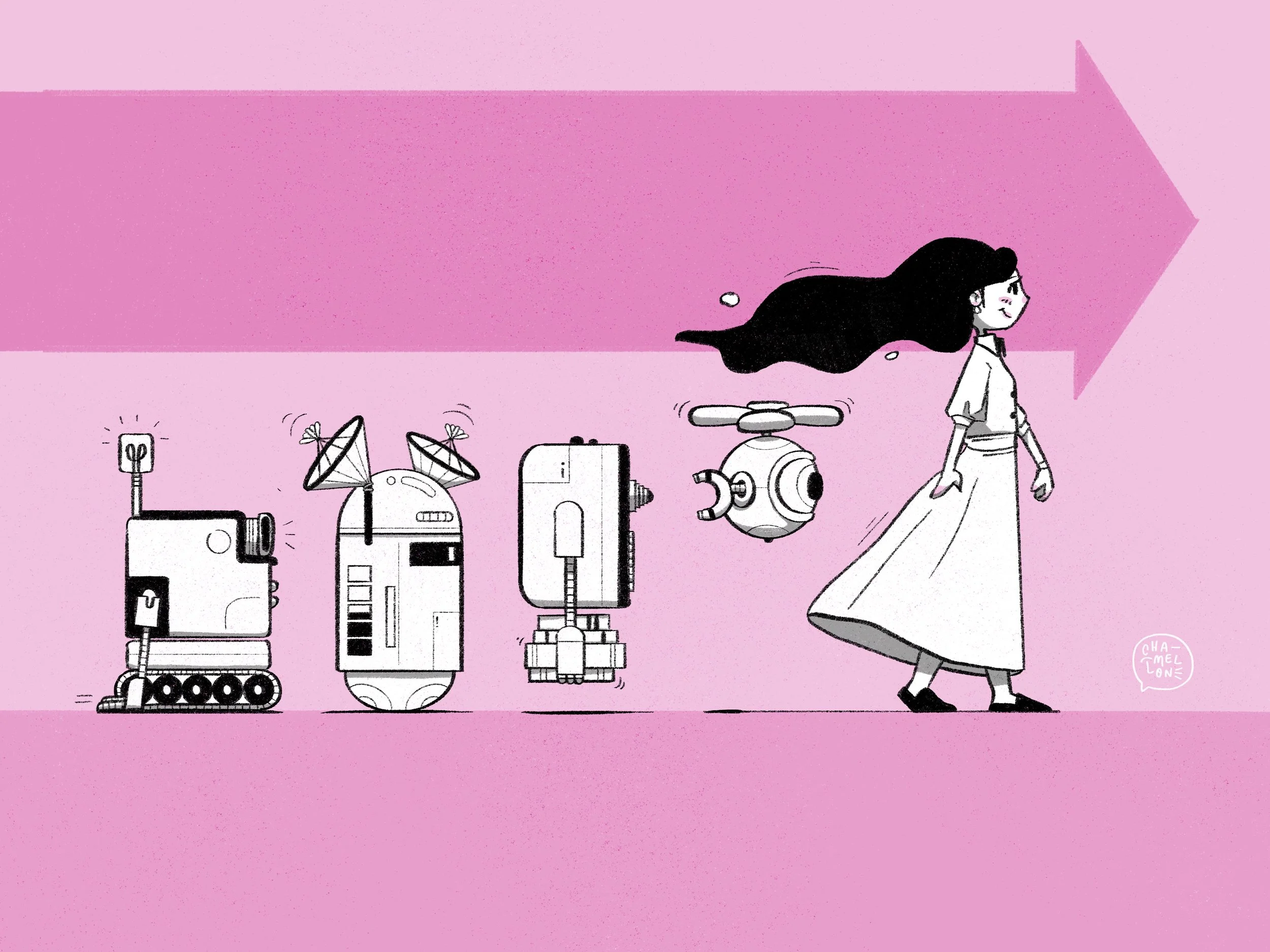Let AI Lift the Load, Not Lead the Way
Creative work is shifting fast.
Not just the tools—but the expectations and the pace.
If we don’t adapt, we fall behind. But shift too far, and we lose ourselves.
I’ve written before about building your creative truth—defined by your voice, your values, and your strengths.
This time, I’m exploring how AI can support that truth, not dilute it.
Facing the Reality of AI
AI is here to stay, and for creatives, that pressure feels personal.
Use it and risk losing yourself.
Ignore it and risk falling behind.
Over 80% of tech professionals are already using it in their workflows (Wondercraft, 2025).
But seasoned designers, writers, and creators I know have shared a quiet concern:
“I love my craft. The process. If I don’t do the work myself, I don’t feel connected to it.”
I felt it too—until I learned:
You don’t have to give AI the work you love.
When you understand your creative truth—your voice, your values, your strengths—AI can’t touch it.
But it can carry the extra weight.
The busywork. The bottlenecks. The burnout.
Your creative truth isn’t found in speed—it’s found in clarity.
When you know what’s yours to keep, you can let AI take what drains you, not what defines you.
Where AI Helped-And Where It Didn’t
To stretch into new mediums, I started writing.
My first article took four weeks. Three of those were spent stuck—wrestling with words, finding my voice, shaping a shaky first draft.
I hit a wall. Of noise and garbage. And I felt lost in it.
Frustrated, I built three custom GPTs to help:
Clarify my intention: This GPT pushed me to zoom out. Who am I writing for? What am I trying to say? And why would it matter? It also recommended a narrative mode—ETHOS, PATHOS, or LOGOS—that would resonate most.
Sharpen the Structure: This one reviewed my drafts for message clarity and flow. It looked for gaps in audience resonance, and helped me stay on track to what I had intended to say.
Find My Voice: This final GPT was a tone guide built on my strengths, values, and peer feedback. It helped me evaluate for rhythm, pacing, and emotional connection.
And it worked.
For the first time in weeks, the words started to flow. My POV was clear, my tone defined, and I was iterating, fast. Before I realized, I finished the piece in two days, with time left for polish and feedback.
More than speed, AI gave me back creative momentum.
Now the article was done. All it needed was an illustration…but my iPad was out of reach.
Still high on adrenaline, I thought, Why not try AI here too?
I went to ChatGPT for prompts, then Midjourney for visuals.
Two nights of countless prompts later, I had something that looked polished…but hollow.
I posted it. But something didn’t sit right.
The guilt burdened me.
What am I doing? My creative core is in illustration and storytelling.
I’ll embrace AI. But not like this.
I knew I could do better.
When my iPad was finally within reach, I was feverish. My mind raced. My hands moved on their own. In less than two hours, I had a piece that felt like mine.
And the weight lifted.
That’s when it clicked:
AI can handle the burdens, but not your creative core.
Honour Your Creative Truth
When you lead with your strengths and values, AI becomes a powerful extension, not a replacement.
It clears space for your best work. It keeps you connected to what matters.
Now, AI is a steady partner—helping me create learning paths, brainstorm, iterate, and automate tasks that drain me.
I work with it, not against it.
I've seen others use AI to amplify their reach: Writers generating videos. Designers drafting copy documents. Product building prototypes.
That spark when AI finds its place? Delightful.
Let AI Handle the Headaches
AI doesn’t have to be all or nothing.
You don’t have to hand AI your heart-just your headaches.
When you do that, you protect what matters most: your connection to the craft, and to yourself.
AI can lift your load, only you can lead the way.
What will you protect? And what can AI take off your plate?


